It’s hard to ignore the urgent need for solutions when small business owners and voters who love to fish are standing in your office
Water flow problems in the Everglades are complex, and Florida’s $7.6-billion recreational saltwater fisheries depend on fixing them. Science points us to clear solutions—simply move water south—but politics are hardly ever that easy.
We can’t move mountains alone, and redirecting hundreds of billions of gallons of water demands support from lawmakers. Florida’s fisheries are being destroyed and politicians have failed to enact solutions—but anglers are mobilizing like never before. We’re willing to do anything to save our precious water.
Science has told us what we need to know. Now it’s our turn to do the talking.
That’s why I was honored to help convene more than 500 sportsmen and women in Tallahassee, Florida, last week for the Now Or Neverglades Sportfishing Day. Their passionate voices, sharing personal stories and asking legislators for help, were an instrumental force for change. In fact, Florida’s Senate took a major step towards moving water south by passing S.B. 10 the very next day.
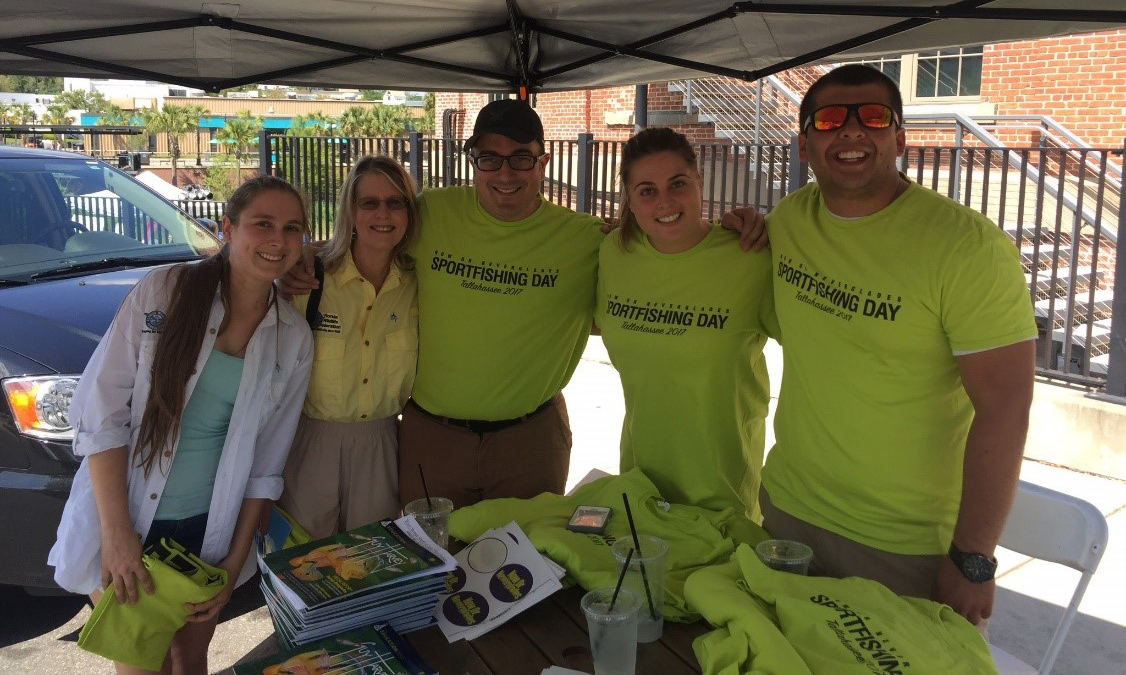
On the whole, anglers and other stakeholders met with more than 50 representatives, working the halls of Florida’s Senate and House of Representatives. We spoke with, not at, lawmakers about what Florida’s water means for our way of life, our businesses, our state, and our people. Alongside the Everglades Foundation and other key groups, we broke up into lobbying teams, and my group of eight became a tight operating unit as we shared our perspectives and listened to legislators in turn.
Our voices, stories, and passion have the power to sway politics—and save a treasured fishery. Click To TweetFor me, and I think for many of those with whom we met, the most powerful voices were the youngest among us. A brother-sister duo, eleven and nine years old respectively, spoke with a purity that punched through the politics. In one meeting, the nine-year-old daughter of a small boat parts business owner moved everyone—including the legislator—to tears when she talked about how much she loves her daddy and doesn’t want him to lose his business.
Our Florida legislators and their aides listened to our stories and proposed solutions. Mutual respect and empathy grew as the day went on.
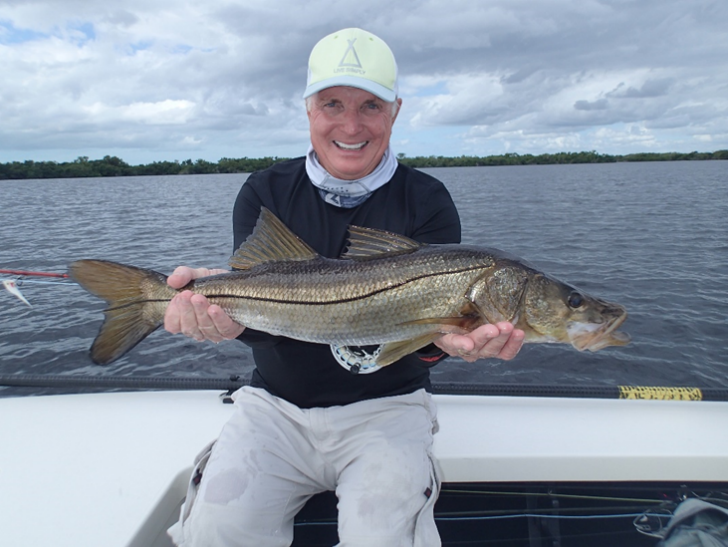
On April 12, one day after our meetings, the Florida Senate made the right decision by passing S.B. 10, which begins the process of sending Lake Okeechobee waters south. We won by a landslide, 36-3, and now the companion bill must pass in the Florida House of Representatives. We are confident knowing that our faces and stories will be in their minds when that time comes.
While final passage of the bill would be a huge win for Florida’s recreational saltwater anglers, this is only the first step toward blocking toxic discharges from Lake Okeechobee and restoring the flow of clean fresh water to the Everglades and Florida Bay. There’s more work to be done.
We can have all the science and gather all the numbers, but at the end of the day, this is what matters: Our voices, our stories, and our heartfelt passion have the power to sway politics, move mountains, and, yes, save one of the most treasured fisheries in the world.
You don’t have to travel to the Capitol Building to make your voice heard. If you live in Florida, write or call your state representatives and tell them your story. And if you haven’t already, sign the Now or Neverglades Declaration to urge decision makers to fix Florida’s recreational fisheries.

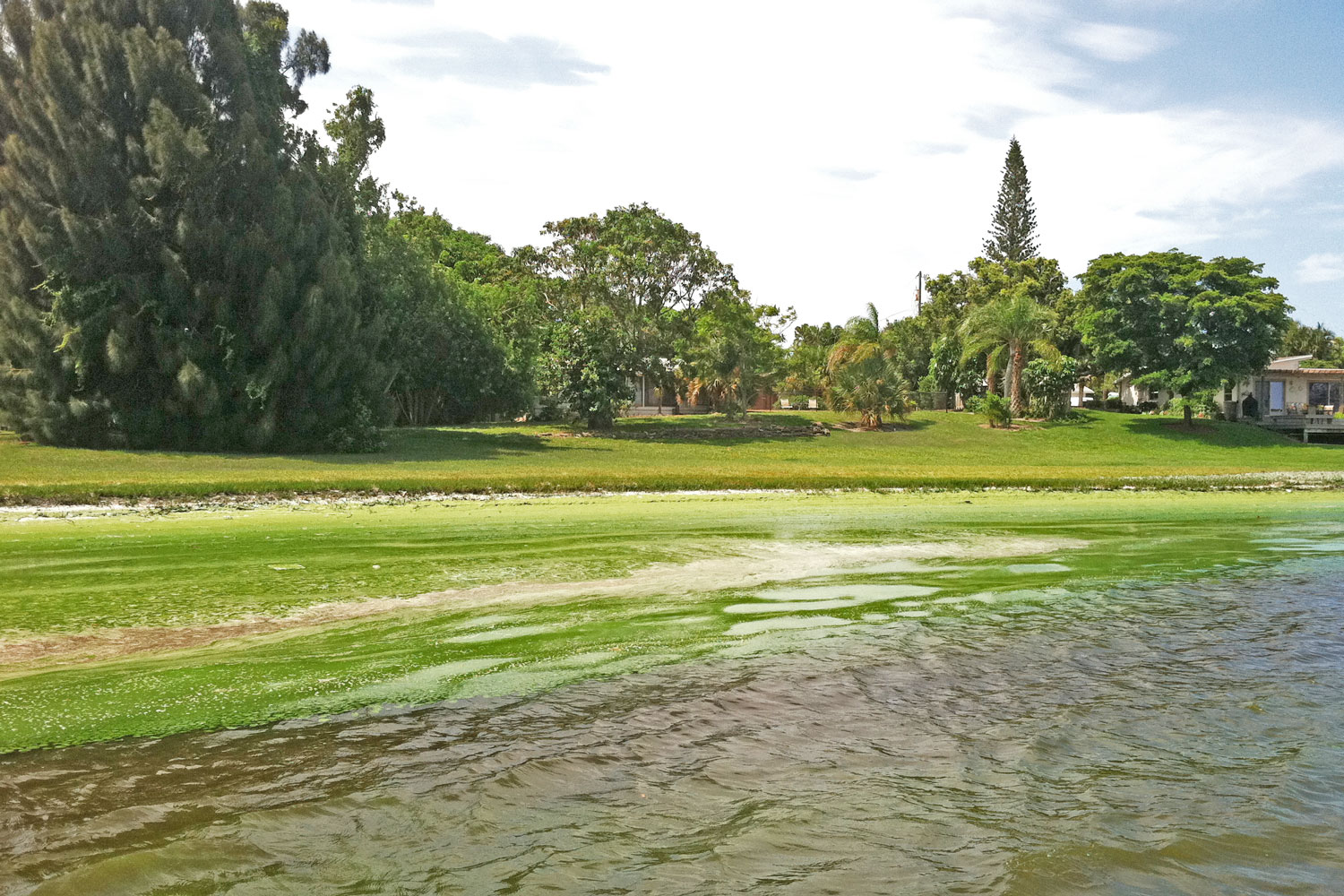
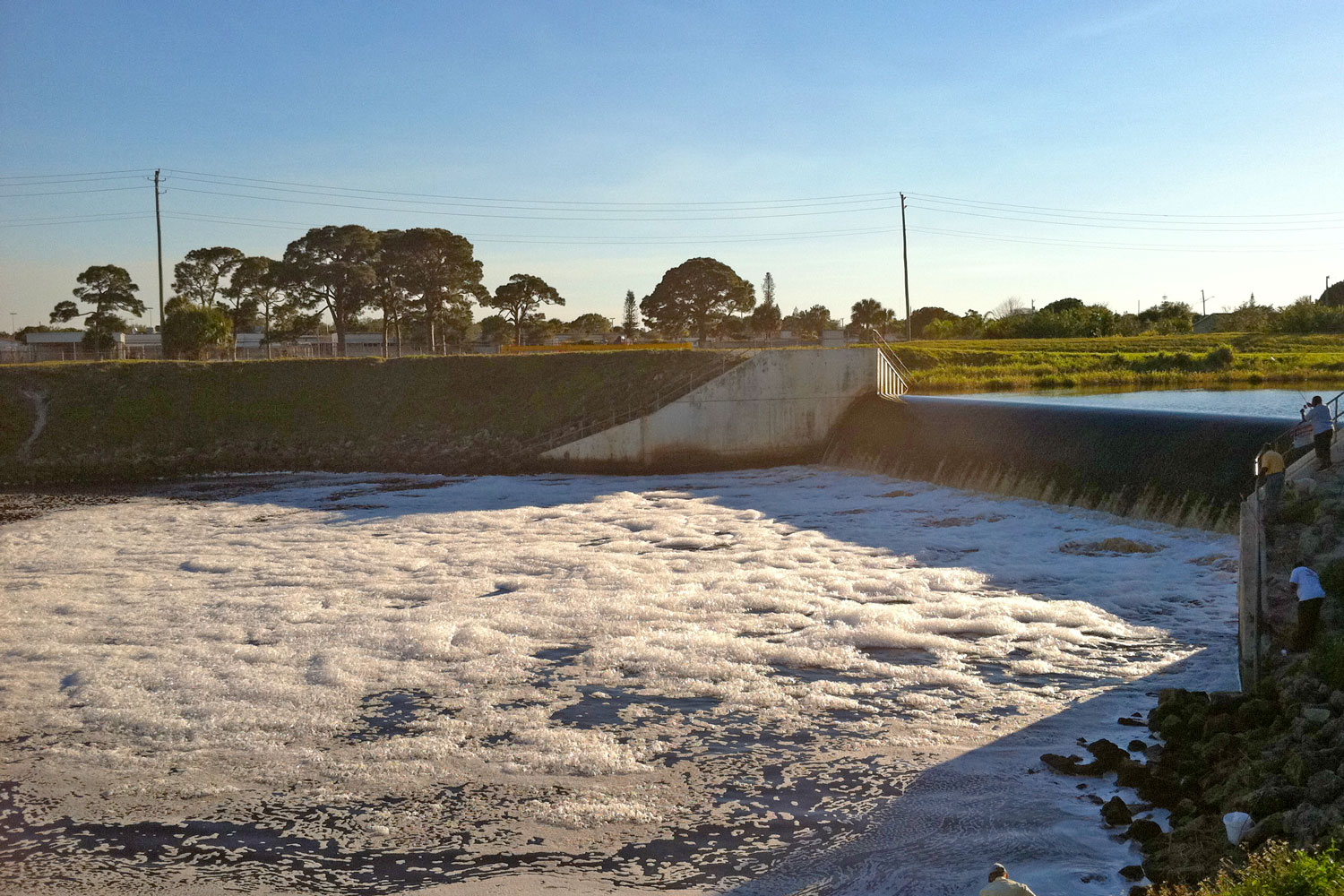
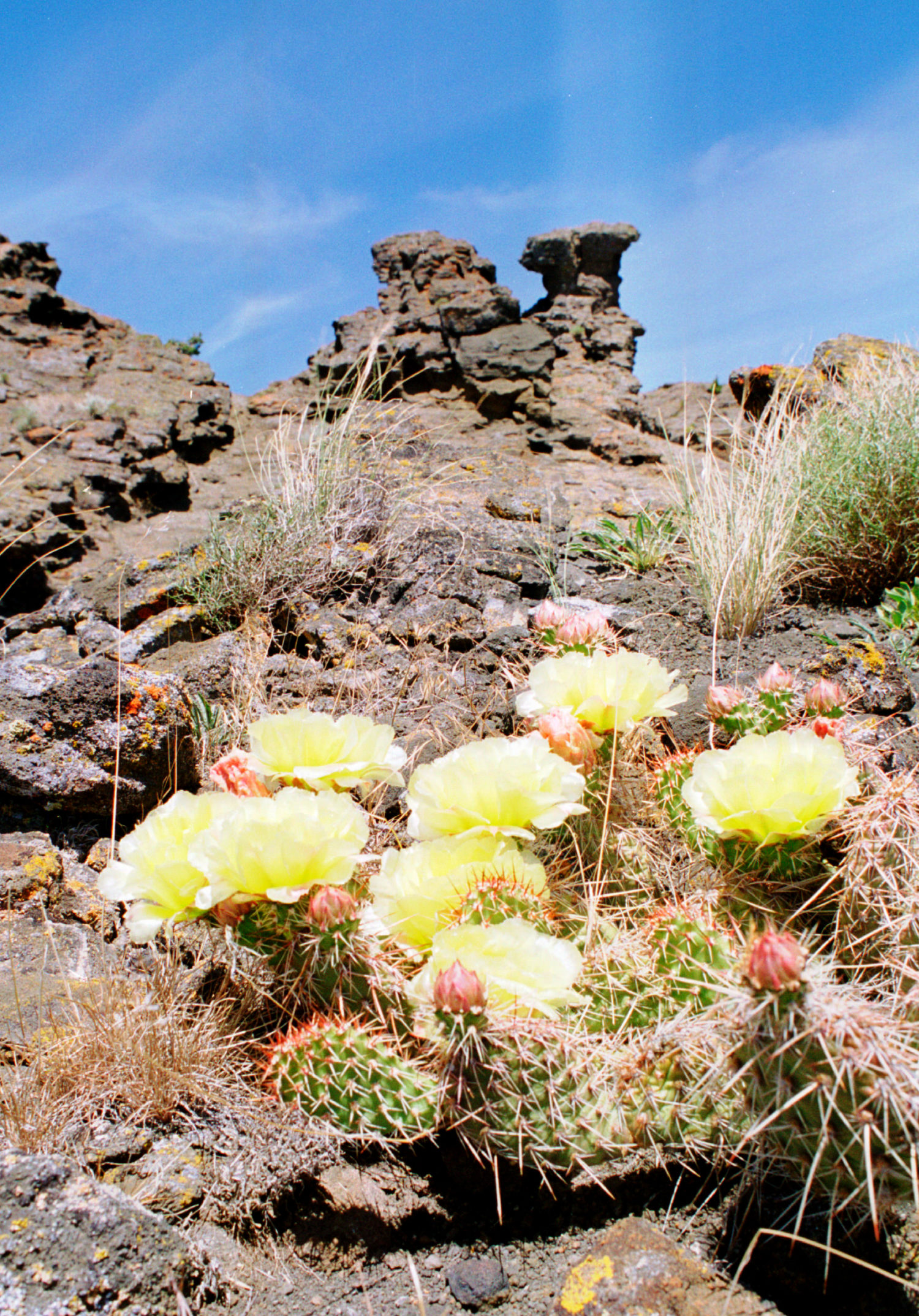
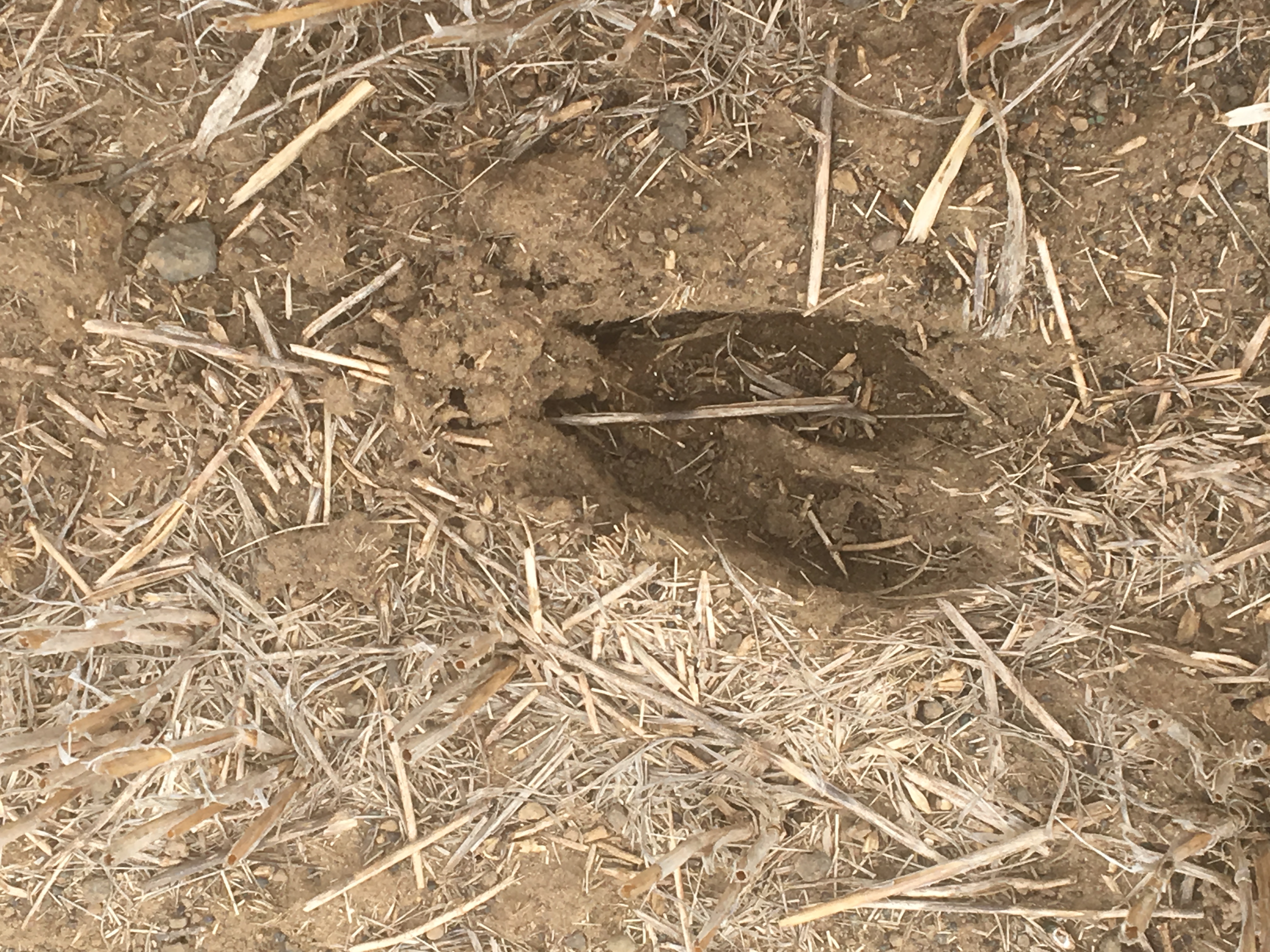
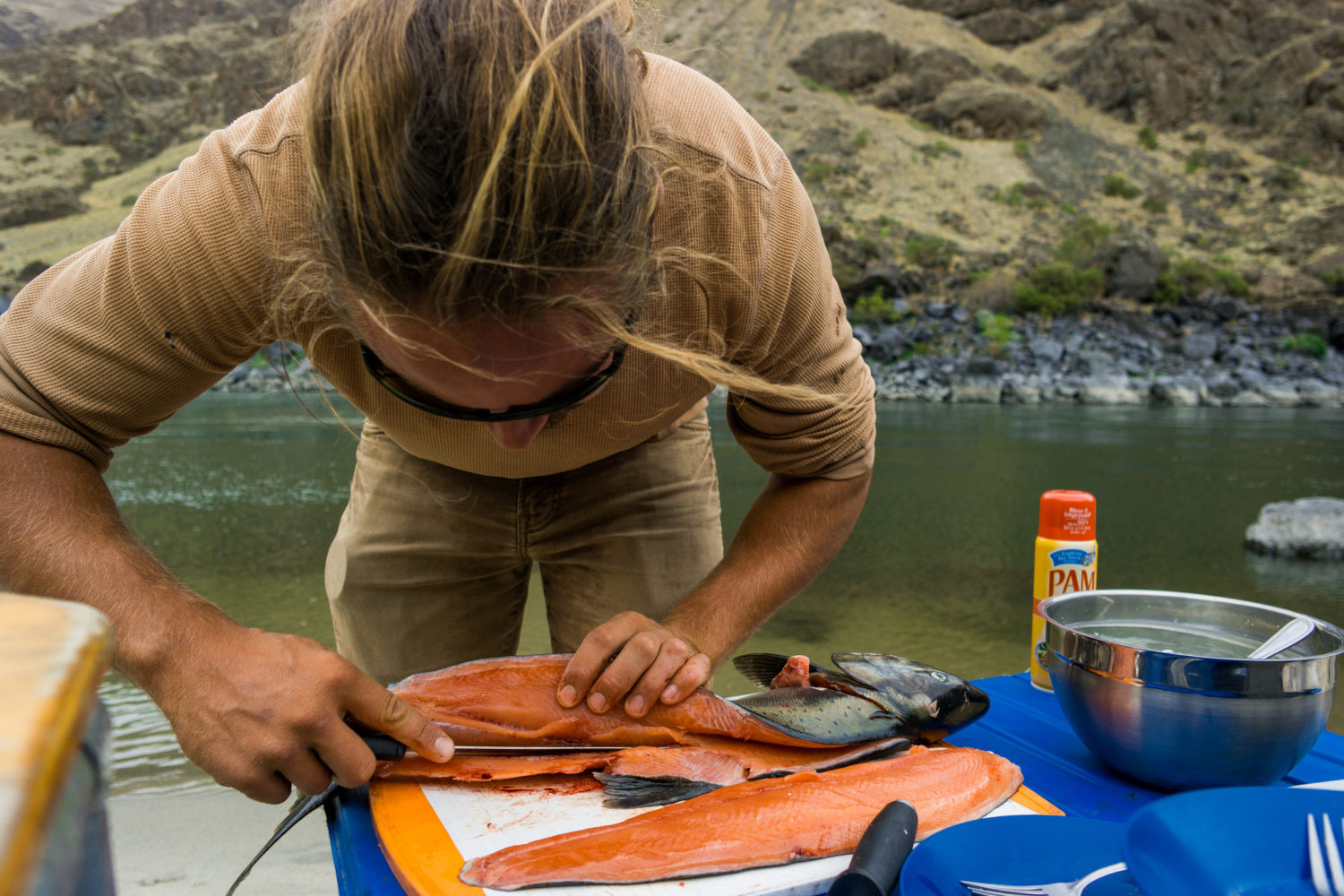
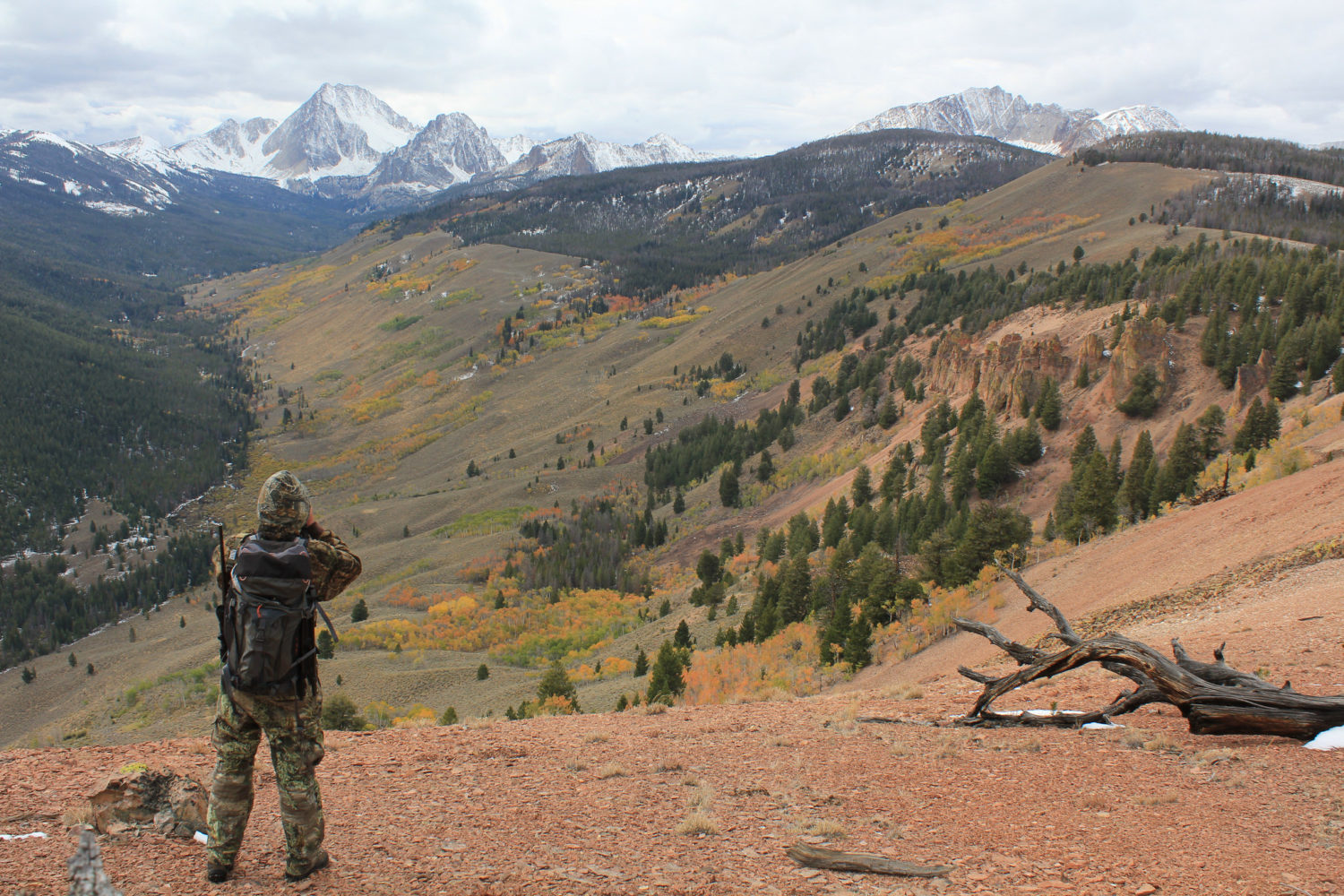
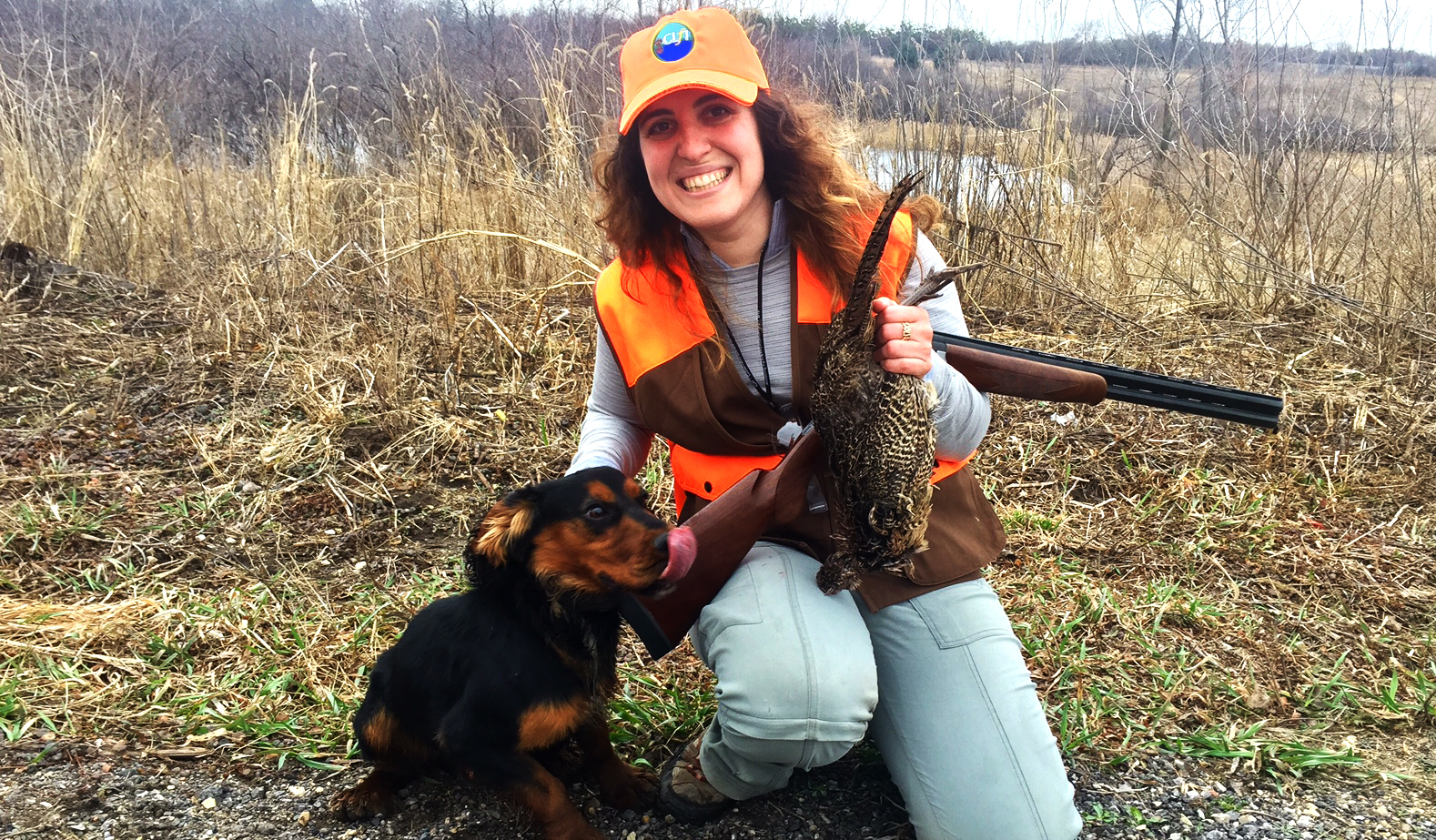




Way to go Ed !!!
Please keep up the good work! Thanks to all who made the journey to talk with our representatives. Hopefully SB10 will eventually arrive at Governor Scott’s desk. The current drought and numerous wild fires in SW Florida are just another sign of how urgently real progress is so needed. That snook and its buddies are pulling for you guys!
You make our club proud, Ed! Thanks for standing up for our beleaguered Florida environment.